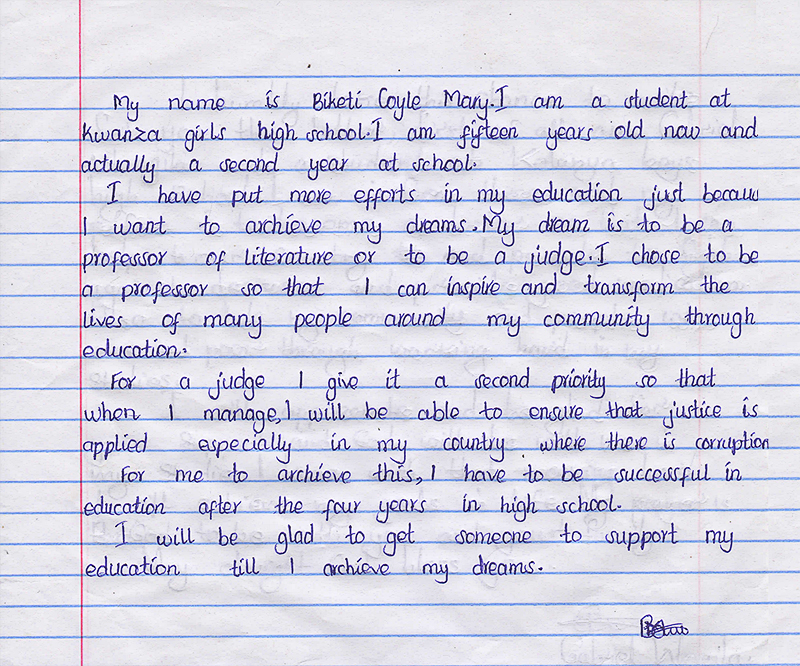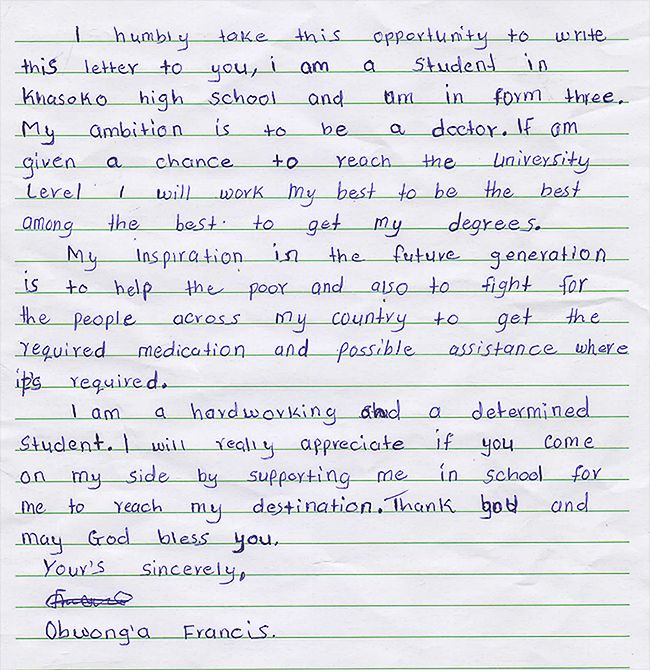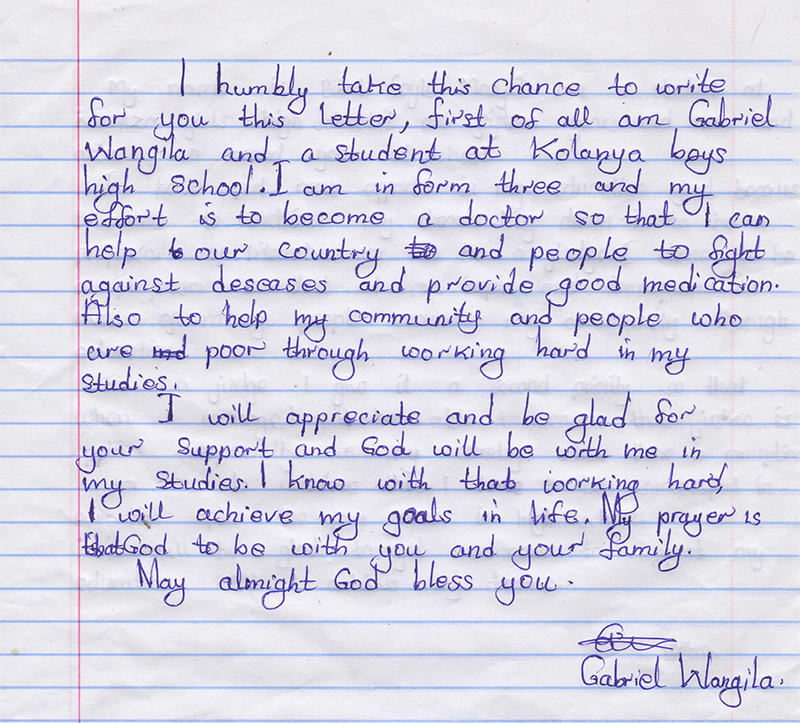givingtuesday all year! help to empower women and improve health around the world – children are the future!
Children are the future. The world must ensure the health, growth and development of our children. According to Save the Children, nearly 5.9 million children die each year due to preventable and treatable causes, including 1 million newborns who die on the day they are born. Malnutrition is estimated to contribute to more than one third of all child deaths and a lifetime of poor health; 156 million children under five years old are too short for their age, 50 million children do not weigh enough for their height, and 42 million children are overweight.
According to the World Health Organization (WHO), newborns and children are vulnerable to malnutrition and infectious diseases, many of which can be effectively prevented or treated. Here are the facts from WHO:
- The risk of death is highest in the first month of life. Preterm birth, birth asphyxia and infections cause most newborn deaths. Health risks to newborns are minimized by:
- Quality care during pregnancy
- Safe delivery by a skilled birth attendant; and
- Strong neonatal care: immediate attention to breathing and warmth, hygienic cord and skin care, and early initiation of exclusive breastfeeding.
- From one month to five years of age, the main causes of death are pneumonia, diarrhea, malaria and measles.
- Pneumonia is the prime cause of death in children under five years of age. Addressing the major risk factors – including malnutrition and indoor air pollution – is essential to preventing pneumonia, as are vaccination and breastfeeding. Antibiotics and oxygen are vital tools for effectively managing the illness.
- Diarrheal diseases are a leading cause of sickness and death among children in developing countries. Breastfeeding helps prevent diarrhea among young children. Treatment for sick children with Oral Rehydration Salts (ORS) combined with zinc supplements is safe, cost-effective, and saves lives.
- One child dies every minute from malaria. Insecticide-treated nets prevent transmission and increase child survival.
- Over 90% of children with HIV are infected through mother-to-child transmission; this can be prevented with antiretrovirals, as well as safer delivery and feeding practices.
Worldwide, about 20% of deaths among children under-five could be avoided if feeding guidelines are followed. WHO recommends exclusive breastfeeding for six months, introducing age-appropriate and safe complementary foods at six months, and continuing breastfeeding for up to two years or beyond.
About two-thirds of child deaths are preventable through practical, low-cost interventions. WHO is improving child health by helping countries to deliver integrated, effective care in a continuum – starting with a healthy pregnancy for the mother, through birth and care up to five years of age.
The world as a whole has seen accelerating progress in reducing the under-5 mortality rate. However, WHO states that wide gaps exist in child mortality across sub-groups or areas within countries warranting a call for an equity-focused approach to reducing child mortality.
Children are at greater risk of dying before age 5 if they are born in rural areas, poor households, or to a mother denied basic education. More than half of under-5 child deaths are due to diseases that are preventable and treatable through simple, affordable interventions.
Strengthening health systems to provide interventions to all children, addressing malnutrition, indoor air pollution, safe water initiatives, supporting breastfeeding, providing immunizations and education will save many young lives.
Healthcare Professional Resources
Save the Children, Technical and Policy Resources
WHO Guidelines on Child Health
Acceptable medical reasons for use of breast-milk substitutes
Antiretroviral therapy for HIV infection in infants and children
Baby-Friendly Hospital Initiative
Daily iron supplementation in infants and children
Diagnosis of HIV infection in infants and children
Fortification of maize flour and corn meal with vitamins and minerals
Guideline on HIV disclosure counselling for children up to 12 years of age
Guidelines on basic newborn resuscitation
Guidelines on neonatal seizures
Guidelines on optimal feeding of low birth-weight infants in low- and middle-income countries
Guidelines on the treatment of skin and oral HIV-associated conditions in children and adults
Home visits for the newborn child
Infant and young child feeding
Infant feeding in areas of Zika virus transmission
Manual for the health care of children in humanitarian emergencies
Manual on paediatric HIV care and treatment for district hospitals
Neonatal vitamin A supplementation
Pocket book of hospital care for children: Second edition
Updates on HIV and infant feeding
Updates on the management of severe acute malnutrition in infants and children
Vitamin A supplementation for infants 1–5 months of age
Vitamin A supplementation for infants and children 6-59 months of age
Weekly Iron-Folic Acid Supplementation (WIFS) in women of reproductive age
WHO recommendations on postnatal care of the mother and newborn
World report on child injury prevention
MCN Foundation is committed to improving access to healthcare information and education, globally, through MCN Learning. We will provide links to free courses and resources for healthcare providers as well as the general public every month on the anniversary of GivingTuesday. Become a member of our team by making a donation today! Your donation will provide much needed education to empower women to take care of themselves and others.
MCN Learning will match all donations making your contribution go twice as far.
We THANK YOU for empowering women around the world!
MCN Healthcare MCN Learning MCN Foundation





